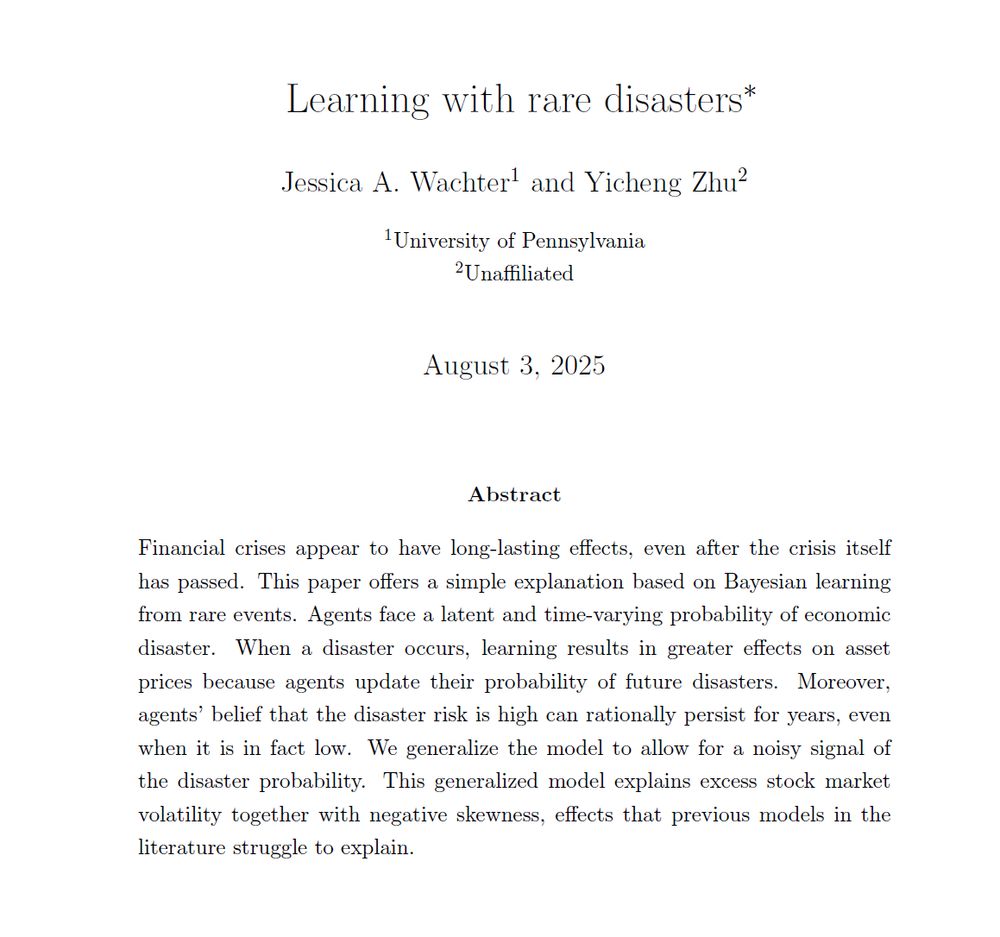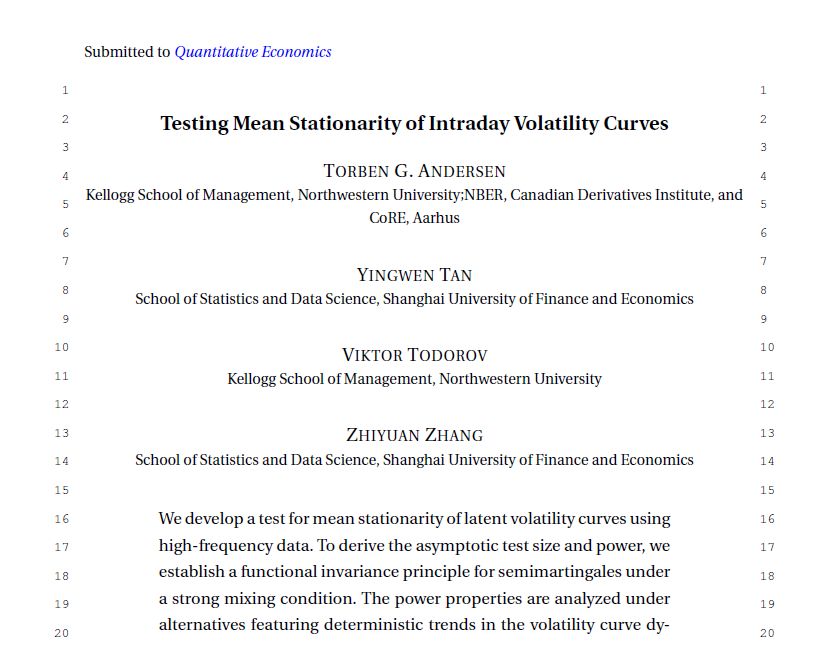Quantitative Economics
@qe-editors.bsky.social
2K followers
1 following
40 posts
News from the editors of Quantitative Economics
Posts
Media
Videos
Starter Packs


















